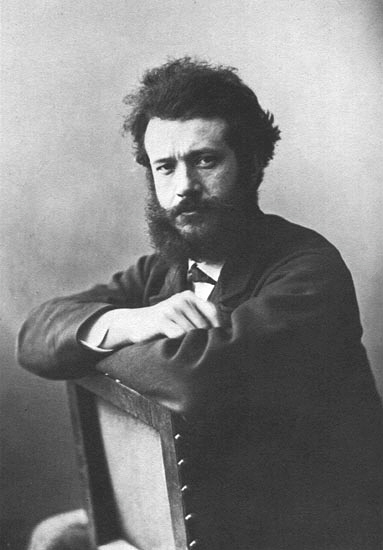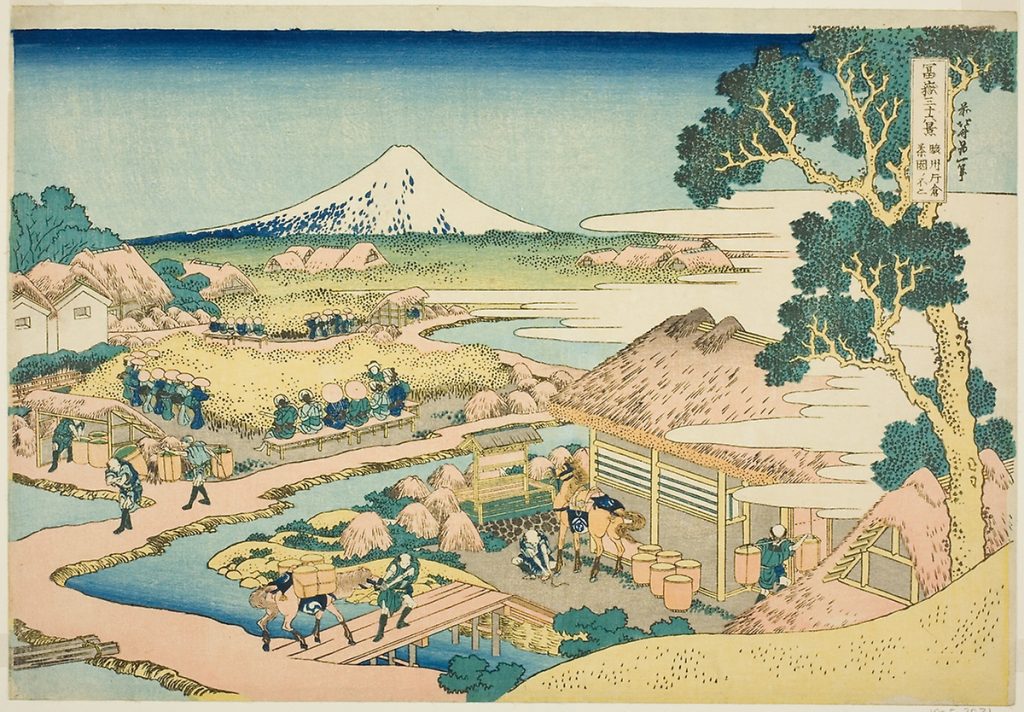The introduction of Japanese art and design to Europe brought about revolutions in composition, perspective and colour during the renaissance in the west. Japonism refers to the influence of concepts of Japanese art into European art and design. It is important to note that this integration was often based on European beliefs of Japanese culture as much as authentic influence. Even though it was considered an asian influence it was still highly appreciated. Most of the artists that were the most influenced by this movement were the Impressionist and Neo-Impressionist artists. It also had an impact on the beginning of the Art Nouveau period.
The Europeans were influenced by the Japanese when they began trade with them, and the aesthetics of japanese design was immediately trending across europe. This was the perfect time for the japonism as artists during this period were seeking a fresh spin/ style on art. Most artists were most inspired by the flat vivid colours of the “ukiyo e” (pictures of the floating world) woodblock prints. The japanese compositions (especially perspectives) were so different than the europeans it inspired artists to step outside their comfort zone.

It was uncertain the first artist to be influenced by the art of Japan was, but it was said to be most likely Félix Bracquemond. He was the one who exhibited with the Impressionists and said to have seen Hokusai wood-block prints in the gallery of a Parisian dealer in 1856. By the 1860’s Japanese wares were widely spread in Paris and London.

The Post-Impressionists, van Gogh, Georges Seurat, Paul Cézanne, and many others were all influenced by ukiyo e. Cézanne’s paintings with Mont Saint-Victoire (c. 1886-88), show the mountain in the distance with trees creating a frame for the mountain it in the foreground, share similarities to Hokusai’s Fuji Seen from the Katakura Tea Plantation in the Province of Suruga (c. 1830-31). It shares the same views on Mt.Fuji in Hokusai’s paintings


Leave a Reply